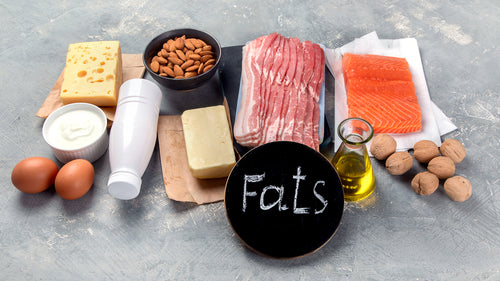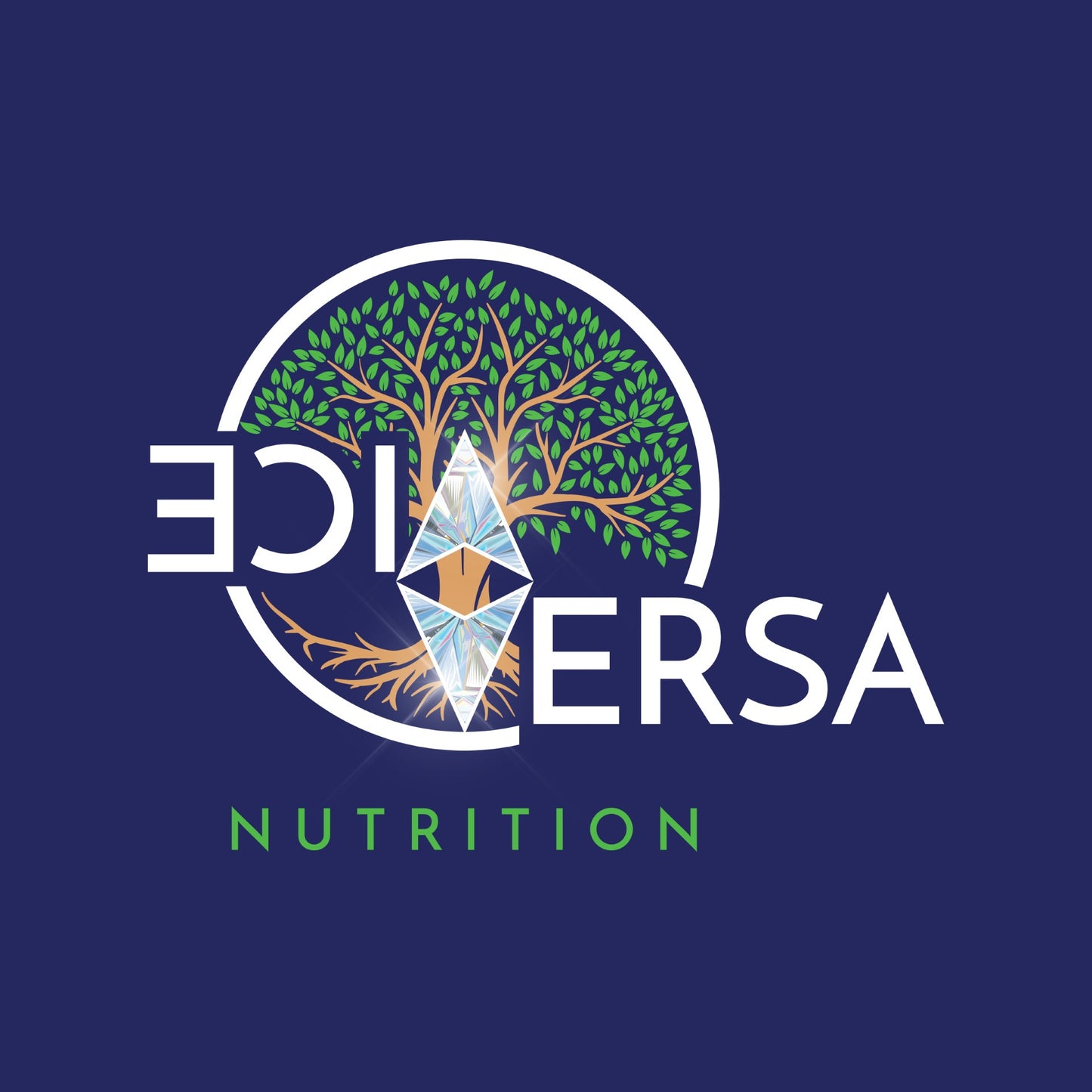
What is fat?
Fat is a macronutrient that can be found in many food sources. Consuming fats in our diet can improve the body processing function. Webster-Ghandy (2020) mentions that 95% of dietary fats are triglycerides; other types of fat include cholesterol, phospholipids, and sterols. Fats are broken down into numerous fatty acids which determine its physical properties, nutritional function, and physiological function; such as brain activity, hormone production and the ability to improve absorption of other nutrients.
According to (Australian Dietary Guidelines) 2021, we should aim to consume “less than 10% of the total energy (kilojoules) you take in should come from saturated fat, and less than 1% should come from trans fat.
There are three types of fat that can be found in our foods, two being unsaturated and one being saturated. They are categorised by their double bond infrastructure, each bringing different qualities when controlled with quantity.
This is a type of unsaturated fat that contains only one double bond in its molecular structure and is usually liquid (oil) at room temperature. Monounsaturated fats propose several health benefits, such as heart disease and diabetes. The most common monounsaturated fat (MUFA) is oleic acid which is present in olive oil in high amounts. You can also find this healthy fat in avocados, seeds, nuts, fish oils, nut oils, and rapeseed oil.
This type of unsaturated fat contains two or more double bonds in its structure. They can be found in sunflower seeds, oily fish, walnuts, flax seeds and corn oils. PUFA fatty acids, most common (linoleic acid) are combined of both omega 3 and omega 6, Webster-Ghandy (2020) mentions that these fatty acids can have neuro development and improve cardiovascular risk factors.
These fats are found in meats and tend to be solid at room temperature. Saturated fats are polyunsaturated fatty acids that have been through a hydrogenation process that can be found in vegetable oils for spreads, margarine's and some food products. Too much of these fats in our diet can have adverse effects on cholesterol by elevating Low-density lipoproteins (LDL) also known as bad cholesterol and decreasing High-density lipoproteins (HDL) commonly known as good cholesterol.
Now we have an understanding of what fats are composed of we can introduce ways of limiting damaging fats and introducing healthier fat options in our diets:
- Limit the amount of take outs if food isn't labelled with dietary information. I suggest this as we do not know where the food is sourced and how the food is prepared.
- Limit the amount of chocolates and sweets and stick with nuts and seeds
- Decrease the amount of cream products that are full fat, milk and cheese. Introduce low fat options.
- Choose lean cuts of read meat where fat is less visible
- Choose extra virgin olive oil when preparing meals and avoid the use of coconut and palm oil as these are high in saturated fats.
Thank you for taking the time to read this blog post, I hope you have taken the key points of health risks and associated benefits when selecting fats.
Sources
Dietitians Australia (formerly Dietitians Association of Australia).
Webster-Gandy.J, et al. 2020. Macronutrient and Energy balance. In: 3rd ed. Oxford Nutrition and Dietetics. UK: Oxford University Press, pp,70-75.
